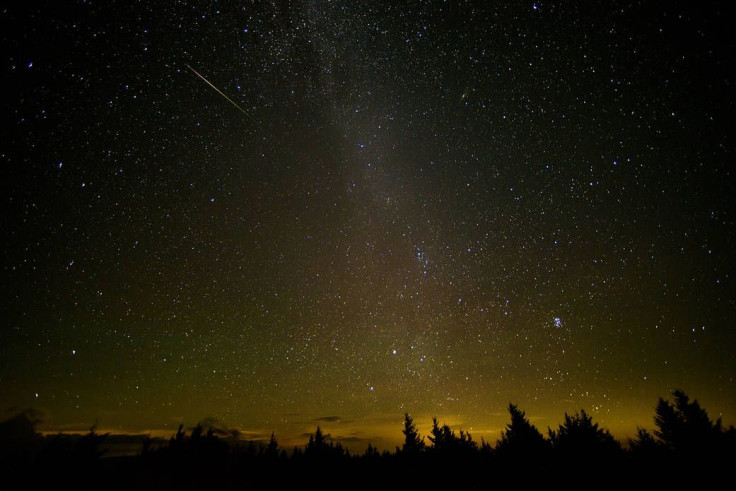How To Watch The Perseid Meteor Shower Peaking This Week
KEY POINTS
- The Perseid meteor shower is peaking this week
- Those who want to catch a glimpse of it don't need any special equipment
- People who will miss this week's peak can still watch the Perseids in the days that follow
The annual Perseid meteor shower peaks this week, making it an excellent time for sky watchers to spot shooting stars.
One of the most beloved annual meteor showers has been active since July 17 and it will reach its peak this week from Aug. 11 to 12. According to NASA, the meteor shower may not be visible in the Americas on Aug. 12, so the best time for sky watchers in North America to view the Perseids would be late on Tuesday evening, Aug. 11, or early on Wednesday morning.
Although the light of the Moon could interfere with the visibility of the meteor shower because it will appear half full during the peak, sky watchers can expect an excellent light show because the Perseids are known for bright fireballs. Many of them are expected to overcome the bright light of the Moon, so sky watchers may still get to see up to 40 to 50 meteors per hour.
Those who want to catch a glimpse of the sky event do not need any special equipment or skills to watch it. They need only to get outside after midnight but before moonrise and find a spot that's far away from city lights. It is important to dress for the weather, especially if planning to stay outside for quite a while and a blanket or lawn chair could also help make the experience more comfortable.
Once outside, sky watchers need to lie down and give their eyes about 15 to 20 minutes to adjust to the darkness. Generally, the Perseids appear to radiate from a high point in the north. Although Perseids appear to originate from the Perseus constellation, sky watchers don't need to stare at the constellation the entire time, as the meteors may appear from any part of the sky at any time of the night.
Above all, those who wish to witness this year's Perseids need to have patience since, as with most meteor showers, one won't immediately see the shooting stars just by walking outside for a few minutes. What's important is to be prepared and to simply enjoy the celestial light show with no rush.
Those who will miss the peak still have a chance to watch the meteor shower as the Perseids will remain visible for about 10 to 12 days even after the peak, although the light show then will be considerably reduced.

© Copyright IBTimes 2024. All rights reserved.






















